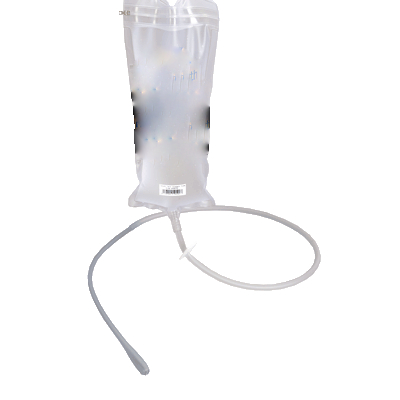How To Stomach Tube A Calf
26 March 2020
Most cows will give birth to a calf without the need for assistance, likewise, most calves will get up and suckle from their mother of their own accord. However, the importance of getting good quality colostrum into the calf in the first few hours of birth cannot be over emphasised. With calves that are slow to stand or have a weak suckle reflex, you may need to intervene, in order to make sure the calf gets the colostrum it needs.
In the right hands, stomach tubes are excellent tools and are invaluable at calving time. They provide a means to get a good volume of colostrum into the calf in the first few hours. However, many people are scared to use stomach tubes as they don’t want to hurt the calf or worse still, put the tube into the calf’s lungs and drown it. There are a number of steps to take in tubing a calf and they don’t start by shoving a tube in a calf’s mouth.
- As with any procedure, when working with cattle, priority should first be given to your own safety. Make sure the cow is restrained or in a different pen before you start working with the calf.
- Assess the distance that the tube needs to go. As calves are not see through, we cannot see the tube entering the stomach. However, as a rough rule of thumb, the distance from the tip of the calf’s nose to the point of its elbow is as far as it needs to go. Consider marking the tube, at this point, with some insulating tape. It is safer to tube a calf when it is standing up, as this reduces the risk of milk running back up and into the lungs.
- Restraining the calf can be tricky, back it into a corner or better still ask for help.
- Tubes should be firm but flexible, renew your stomach tube regularly to ensure it doesn’t become rigid and brittle. The tube should be assessed to make sure it is not damaged and has no sharp edges, which may damage the calf’s esophagus. Soaking the tube in warm water can be useful to make it slightly more flexible. Adding some lubrication to the tube is useful to aid its passing. Open the calf’s mouth gently and place the end of the tube in the mouth, if the calf sucks the end of the tube, it will aid the process.
- Gently move the tube towards the back of the calf’s mouth, over its tongue. As the tube reaches the back of the throat, the calf will begin to swallow, at this point gently push the tube down the calf’s oesophagus. You should be able to feel the tube, alongside the calf’s windpipe. If you can only feel the windpipe then the tube is in in the trachea and not the oesophagus. It goes without saying that putting 3 litres of colostrum down the windpipe of the calf and into its lungs is fatal. In healthy calves, it is unlikely that you will put the tube down the wrong way but by checking for the windpipe and the tube, you can be sure that you are in the right area.
- You will need to apply a bit of pressure but never force it down. Stop pushing the tube down when you reach the mark you put on the tube.
- Check again that you are in the right place, you should still be able to feel the windpipe and the stomach tube separately.
- Whatever you are tubing the calf with, be it colostrum, milk or electrolytes, make sure that the liquid is blood temperature, 38⁰C. Too hot and you risk scalding the calf, while cold milk could chill the stomach and/or cause hypothermia.
- Lift up the bag and unclamp the tube. You will see the milk begin to flow down the tube. The calf will continue to chew and swallow during this process. Take your time and do not squeeze the bag to force milk down. Gravity and time will do the job for you
- When the bag is empty, carefully remove the tube from the calf.
- It is vital the at the tube is cleaned properly before it is reused. It is much easier to clean when it has just been used. Using a mild disinfectant is good practice to kill any bugs.
- There are 2 types of calves that may need to be tubed, firstly the neonatal calf that needs assistance to suckle. Secondly the older calf that is suffering from scours and dehydration. For this reason, it is a good idea to have 2 tubes, one to administer colostrum to new born calves, the second to administer electrolytes to ill calves. This further reduces the chance of transmitting disease to new born calves.
Robert Ramsay, robert.ramsay@sac.co.uk
Sign up to the FAS newsletter
Receive updates on news, events and publications from Scotland’s Farm Advisory Service
